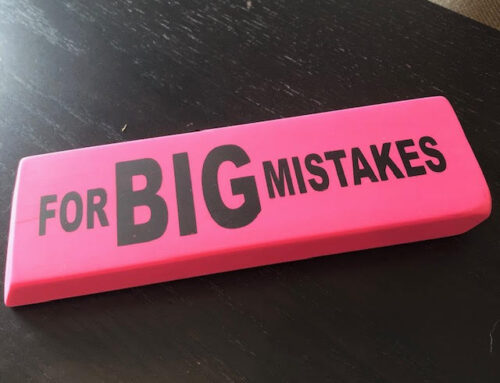Remote work. Hybrid work. Pandemic burnout. The pandemic has been a catalyst for us to rethink the world of work, while simultaneously prompting many workers to reflect on what is important in their lives – and how to spend more time on what matters most to them.
Burnout was already a problem before the pandemic. Seventy-six per cent of employees reported experiencing burnout on the job at least sometimes, according to a pre-pandemic Gallup study of over 12,000 full-time employees. These alarming levels cost organizations across sectors an estimated $125 to $190 billion annually.
The uncertainty and additional stress caused by the pandemic has only served to widen the divide between employee engagement and wellbeing. This has critical implications for the workplace. If we do not prioritize wellbeing and mental health, stress and burnout will undermine our recovery efforts.
Gallup research shows when employees are engaged and content, burnout decreases, and productivity improves. Working in tandem the principles of engagement and wellbeing create a thriving workplace. Companies who fail to come to this realization may be heading toward a workforce exodus.
In The Wellbeing-Engagement Paradox of 2020, Gallup reported, “Leaders who work to proactively prevent and manage burnout…will be building stronger, healthier, more productive workforces into the future.”
Fortunately, leaders can take steps to tackle burnout – for themselves and their teams – before it impacts the bottom line.
But it won’t simply be with money. In this type of environment, employers must work to actively engage employees through other support systems such as flexible work options, addressing bias against hybrid work arrangements, improved benefits, and meaningful opportunities for growth and a sense of wellbeing.
What do some of these options look like at work?
- Training to boost productivity and wellbeing: Unmanageable workload is one of the top five causes of burnout. On the contrary, employees who say they often or always have enough time to do their work are 70 percent less likely to experience burnout.
- Offering strengths-based feedback and development: Employees who have the opportunity to do what they do best are 57% less likely to experience burnout
- Cultivating a sense of purpose: Connect the work people do to the overall mission of the organization in a way that demonstrates a meaningful contribution to achieving that mission. Reinforcing how their job changes the organization is especially important to prevent burnout among millennials.
- Listening to employees: Through both surveys and one-on-one conversations, it is important for leaders to deeply understand the challenges their employees are facing and respond accordingly. We cannot support our employees until we truly understand the barriers they face.
Our organizations have a responsibility for the care and wellbeing of employees. Taking the necessary steps to relieve burnout and invest in people is not only essential for engaging and retaining top talent, it is simply the right thing to do to create a healthy and thriving workplace – a workplace powered by meaning and purpose, and improved productivity and wellbeing for all.
I would love to learn more about the ways you and your organizations are helping to reduce the effects of pandemic-related burnout. Please share with us here.
Are you ready for a reset?
As workplaces transition to new ways of working together, you may be wondering how your organization can best support employees to improve wellbeing and provide meaningful opportunities for growth. We are now offering two group coaching programs, a Productivity Reset & a Wellbeing Reset, to help people make time in their day for what matters most, feel more in control of their workload, and enhance their wellbeing. These comprehensive programs are designed to fit the schedule of a busy professional. Each program combines on-demand learning with weekly group coaching. You will receive the support you need to embrace key productivity and wellbeing habits, have your questions answered, and solidify long-term learning with peer accountability and feedback. Group registrations are also available. Contact us to learn more.







Leave A Comment